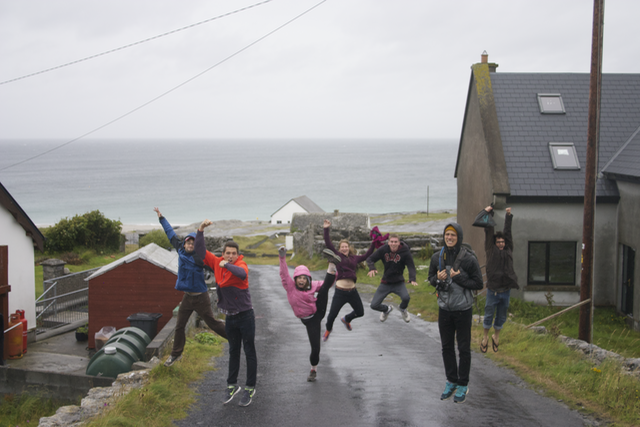In part 1 of our beginner’s guide to surfing, we discussed how to buy the necessary equipment to get started surfing. Now we will talk about the basics of catching and riding a wave.
Basic Surfing Technique
 A word of advice: you probably won’t be great at surfing right when you start out. Just be patient and don’t get frustrated. It’s worth it. Also, when you’re starting out, ask a local surf shop where good beginner breaks are. You’ll want somewhere that has small waves which break a little ways out into the water. Unless you want to snap that nice board you’ve got, you don’t want to start out on aggressive waves that are breaking right on the beach.
A word of advice: you probably won’t be great at surfing right when you start out. Just be patient and don’t get frustrated. It’s worth it. Also, when you’re starting out, ask a local surf shop where good beginner breaks are. You’ll want somewhere that has small waves which break a little ways out into the water. Unless you want to snap that nice board you’ve got, you don’t want to start out on aggressive waves that are breaking right on the beach.
Surfing has a very steep learning curve. When you first try surfing, you’re probably not going to be catching as many waves as someone who’s been surfing for 10 years. Because of this, you don’t get very much practice at the beginning. Thus, it takes a lot longer to develop the initial surfing techniques. However, once you start to get the hang of it, you will progress much faster. Just be patient.
If you want to learn how to surf, the basic techniques you need to learn are the following: how to catch a wave and how to pop up. Once you’ve mastered those, you can work on turning or noseriding or doing a handstand while riding backwards or whatever else floats your boat (or rather your board).
Before you can do anything else, you need to catch a wave. When you enter the water, you want to find the right spot to paddle on your board. To find this spot, slide forward/backward on your board until the nose is about an inch above the water. Once you’ve found the sweet spot, try to remember about where your head is on the board so you can more easily find this spot in the future.
Next, you want to paddle out into the ocean until you are past the point where all of the waves are breaking. Here are some things to keep in mind when paddling:
- You should be alternating arms, not paddling with both at the same time.
- Take long smooth paddle strokes.
- Try to keep your chest as stationary as possible. If your chest is moving from side to side, this will detract from your forward momentum.
Now that you’re past the breaking point, it’s time to catch a wave. The idea is to catch a wave right before it breaks so that you can ride down the wave as it breaks behind you. If you try to catch the wave too early you will miss it, and if you try to catch the wave too late you will likely be swallowed up in the whitewater.
Catching waves just takes practice in order to perfect the timing. My best advice would be to watch experience surfers to see how they catch waves and then imitate them.
See where this dog is? That’s exactly where you want to be to catch the wave.
Once you’ve caught a wave, you need to stand up. The pop-up is basically a push-up except you bring your legs underneath you. When learning to stand up, it is important to practice with good form. It’s really difficult to break bad habits. The image below shows the progression from laying down on the board to standing up.
Here are a few common mistakes that people make:
- People often don’t stand up soon enough. Trying to wait until you are out in front of the wave is bad. Instead, you want to stand up as soon as you feel yourself accelerate down the wave.
- It is never good to go to your knees before your feet. You should always try to go straight to your feet.
(If you missed part 1 of a beginner’s guide to surfing, check it out here)






1 Pingback